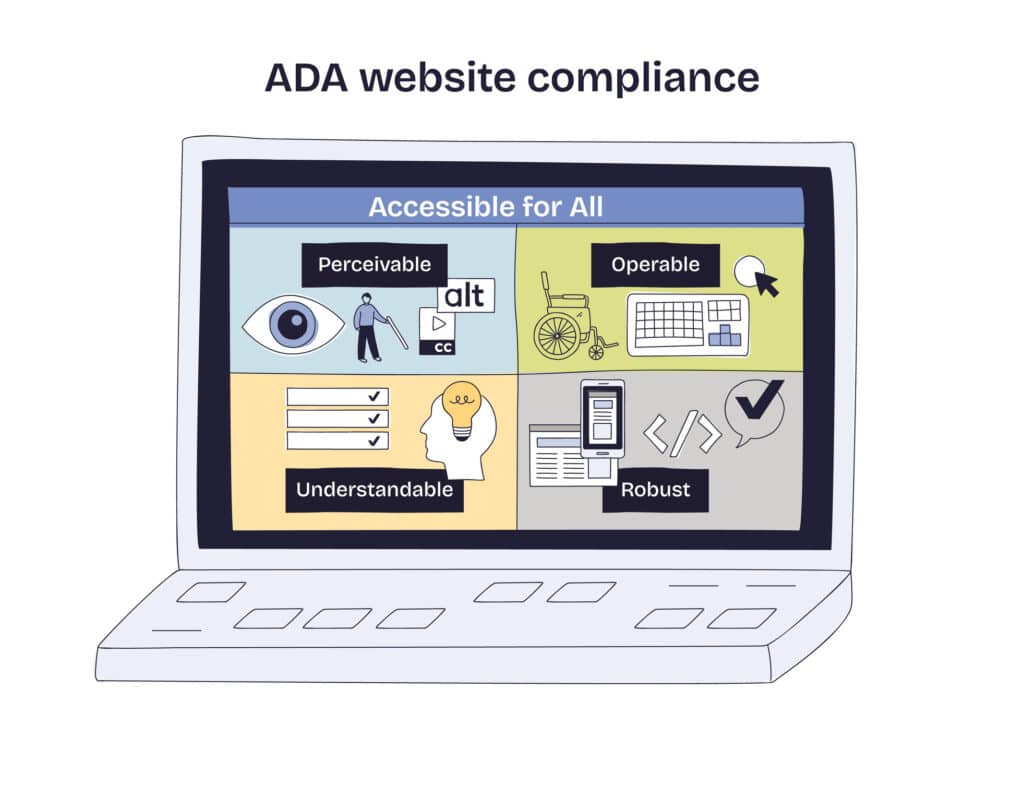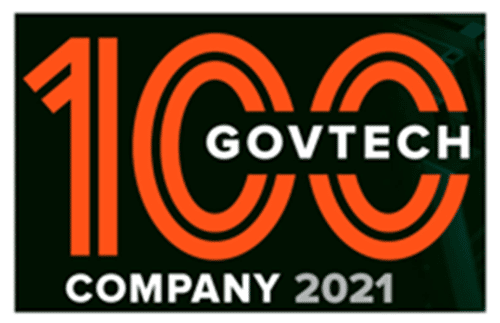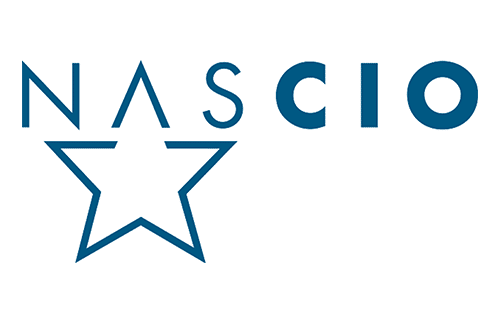A new automation project is no small undertaking. Operations processes are linked to practically every piece of a business; from agents on the ground to engineers, accounting and tech support. Reinventing the steps that form the foundation of these functions can be overwhelming – even when viewed as a long-term investment in the productivity of the business.
When you find yourself at a defining moment in your business operations story, you really need the project to be successful. The question remains: how do you make sure that happens?
We’ve put together a list of the best tips for ensuring a successful automation project.
Your automation provider is more than a vendor – they’re a partner
Automation is an investment. Beyond the monetary, time and human resources investment, automation requires one more major investment that can define the success or failure of the project. This investment is the relationship between your business and your automation vendor. You’re building a business partnership with your provider that will bring you benefits for years to come as both your business and technology evolve.
Your automation partner specializes in this exact field – they have vast amounts of experience tackling problems similar to yours, so use it to your best advantage. Viewing your automation vendor in this light changes the way you work together and makes moving your business forward everyone’s top priority.
Analyze your current processes (Pre-Automation)
Before you even begin working on the automation of your business process, you need to know which processes are being automated and consider things like: what needs to change? How can we improve the process and make it more streamlined? Where are our pain points in the current process and what causes them?
Getting a deeper understanding of how your business works and what can be improved upon will make ensure your workflow automation investment provides the greatest return possible.
It’s also essential to automate your processes for how they should work, as opposed to how they currently work. Identifying the areas of improvement before embarking on the project will shorten it and increase the time and resources savings you see from the workflows you design.
This puts you in a position where you can best automate your processes and resolve your enterprise’s pain points, instead of just introducing more layers of software to your operations.
Define the end goal right from the beginning
This one may seem obvious – but it’s probably the most important item on this list. Know what your end game is before you get started. Understanding the need for automation is one thing, but knowing where you’d like to apply it and what you’d ultimately like to get out of it is what will define the success or failure of your project.
Once you’ve analyzed your processes and have identified the areas of improvements, you’ll need to decide what you would like to achieve with the automation, in order to set the benchmarks against which you can measure the project’s implementation.
Is saving time your goal? Do you want to make your processes easier for the end-users to engage with? Are we aiming to centralize all the process transactions in a single place for easier reporting? Defining the outcome you’d like to see from your project will ensure the automation process is built best to achieve that outcome.
Not only will your business benefit in the long run, but your project process will benefit too. Knowing what you’d like to accomplish with the new process will ensure the project is completed in the shortest timeframe possible, with less time spent on deliberating processes and more on building the process out and ensuring it checks all the boxes.
Keep your sights locked
Now that we know what our goals for the project are, we need to ensure we stick to them. It’s often easy to diverge from the end goal of a project and to get bogged down by smaller details and finicky pieces of the bigger process. The key here is to keep open lines of communication with your provider and the whole project team.
Have regular meetings set up from the very start of the project and use these to review progress, discuss updates to be made, relay any important information to your provider, and constantly communicate timelines.
Err on the side of over-communication when it comes to your timelines, priorities and project scope. This also helps the project management team allocate tasks to the best people for the job, and efficiently distribute resources to complete the project.
Set benchmarks for yourself
One final thing to consider, which encompasses the entire project process? Set a benchmark to measure against. If you’re aiming for a faster turnaround time, you need to know how long your current process takes. If saving costs is your end goal, you’ll need to know the cost of running your process manually right now versus how much it costs to run through the automated system.
We’ve defined our goals for the project and made sure to work towards them, yet we also need to ensure we have a way to measure them and define the level of success of the project. This data not only becomes essential for measuring the success of our current automation project, but helps as we move forward in automating new processes and improving current processes. Even a well-implemented project is nothing without measurable results.














